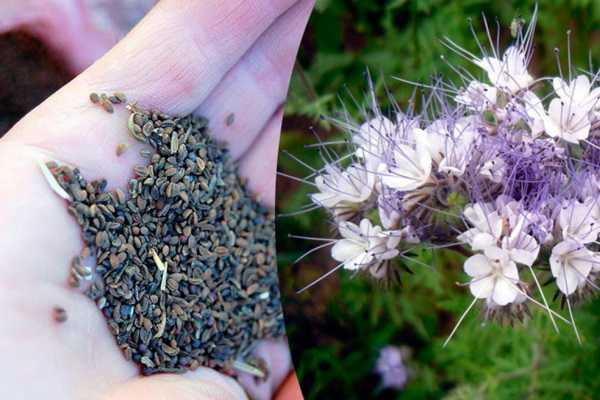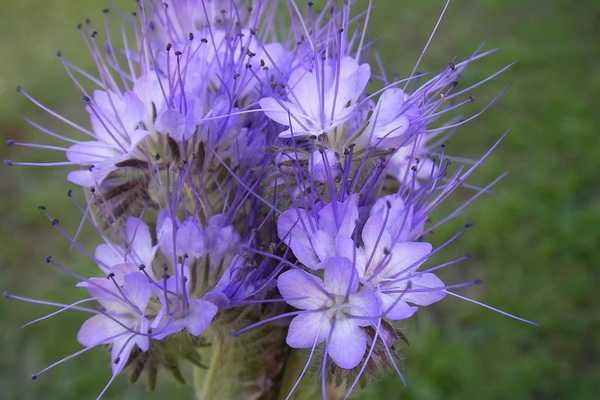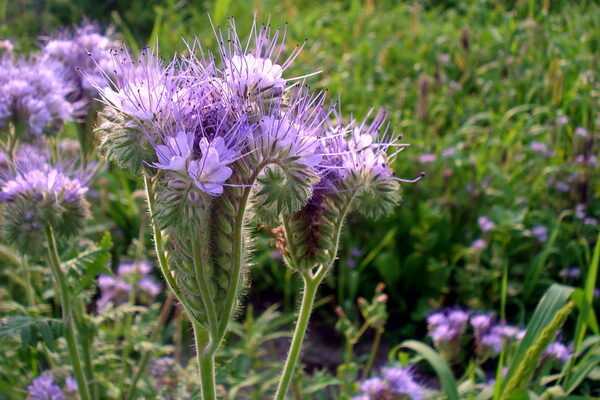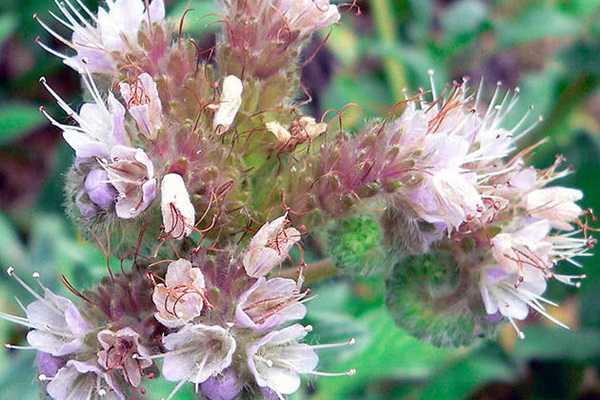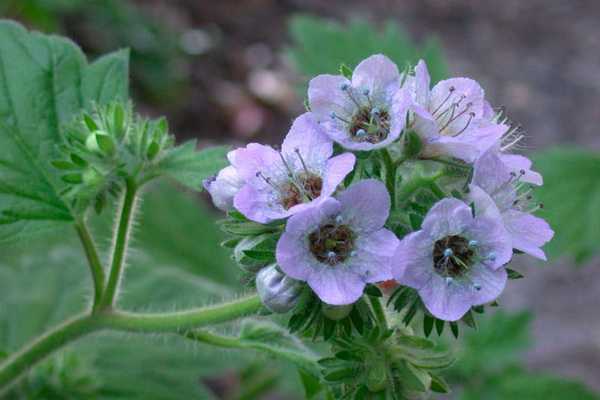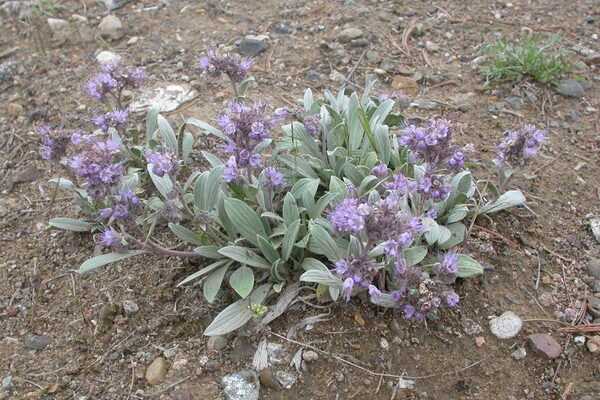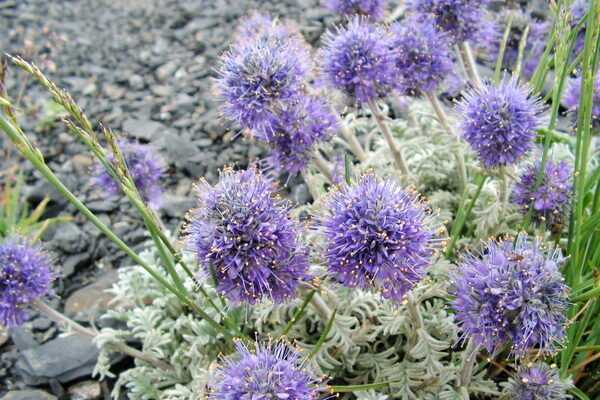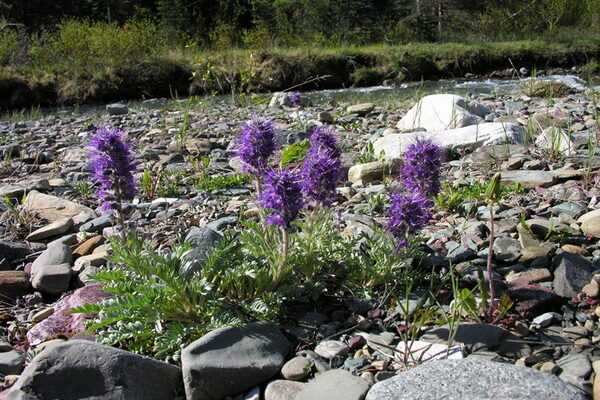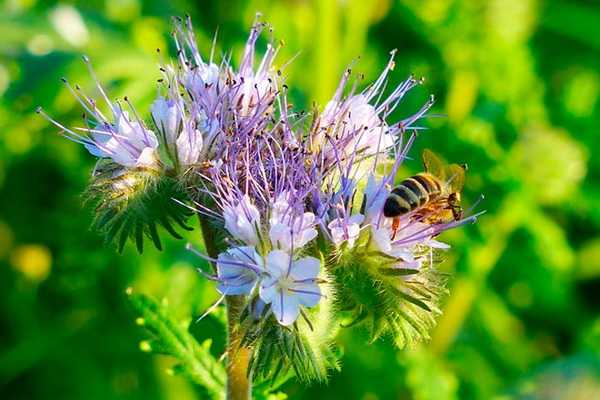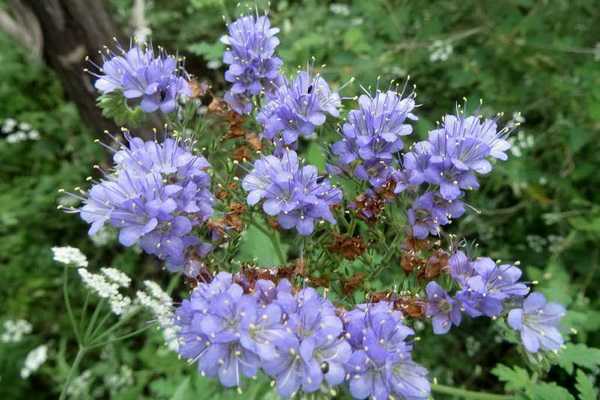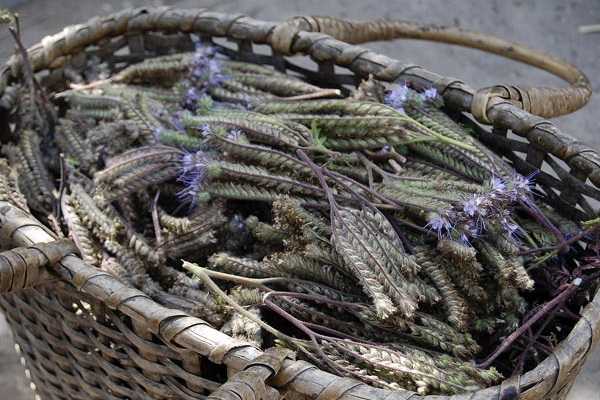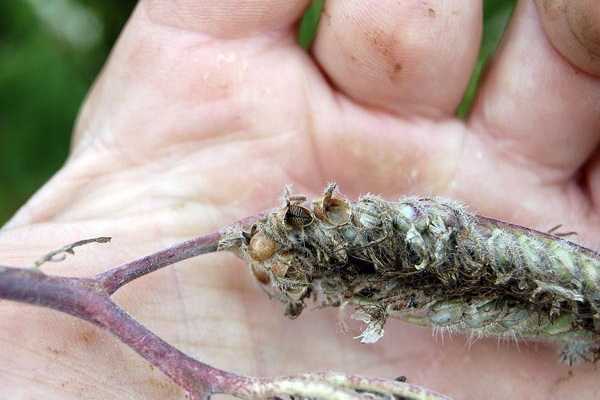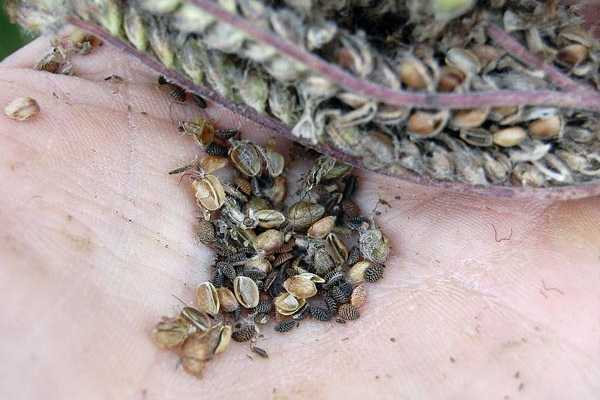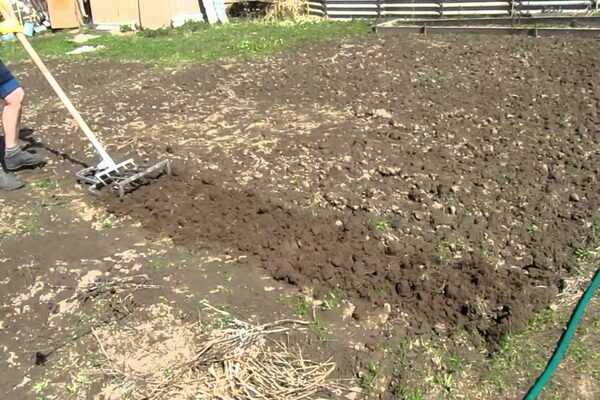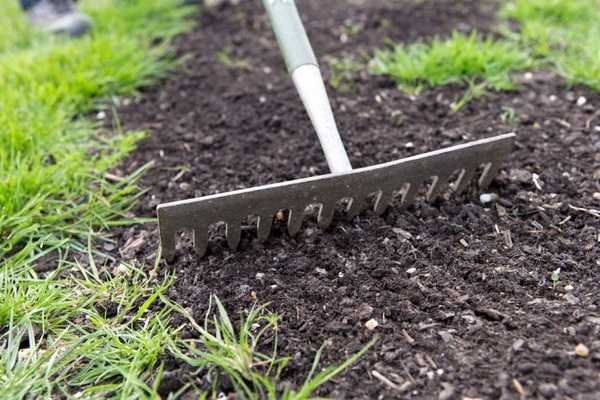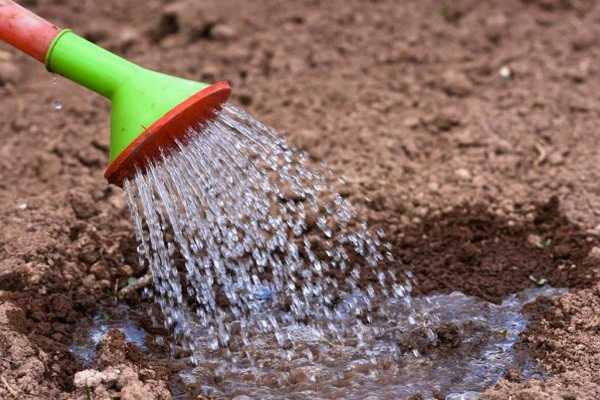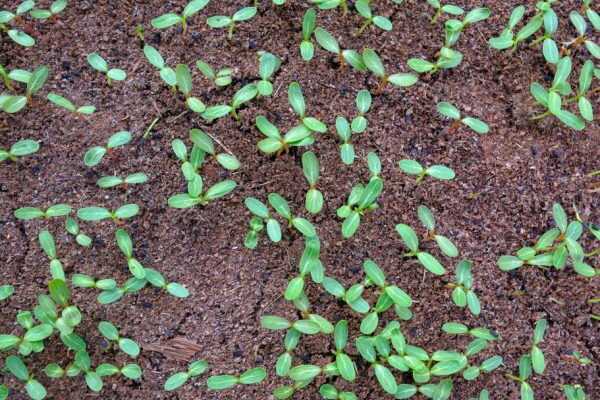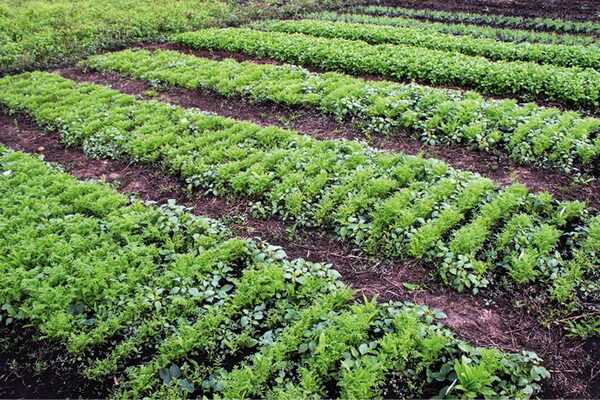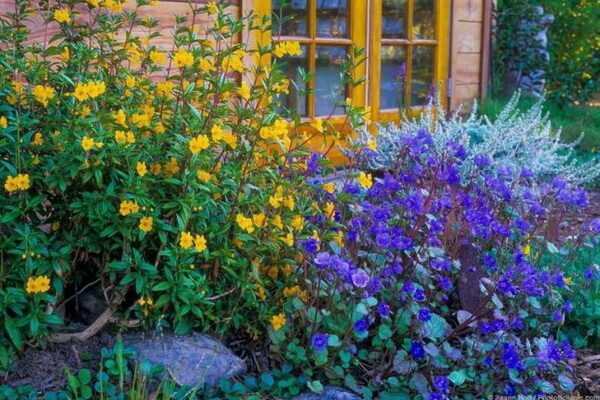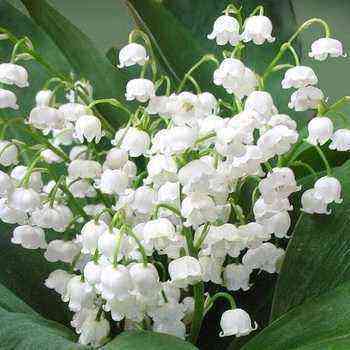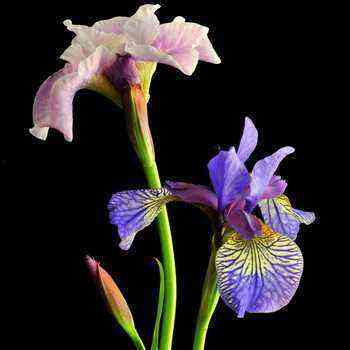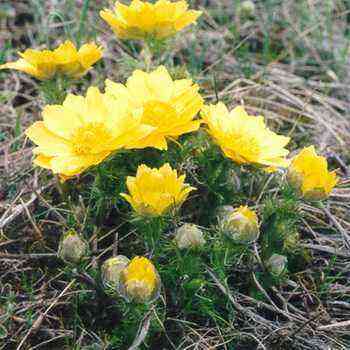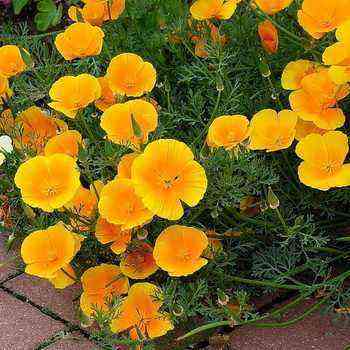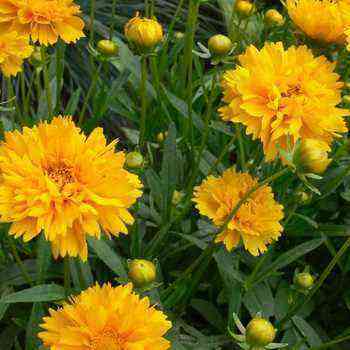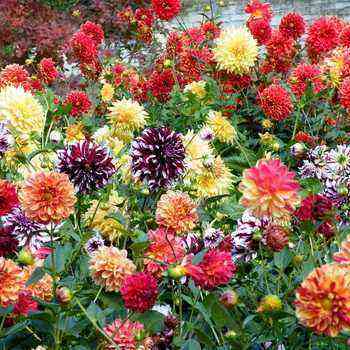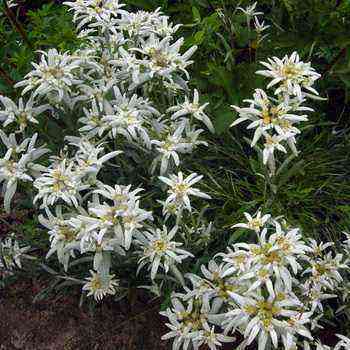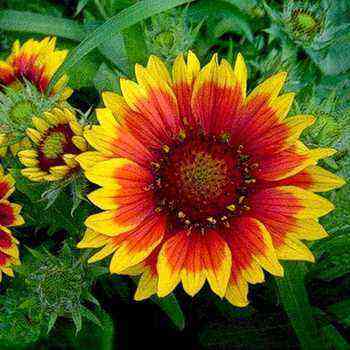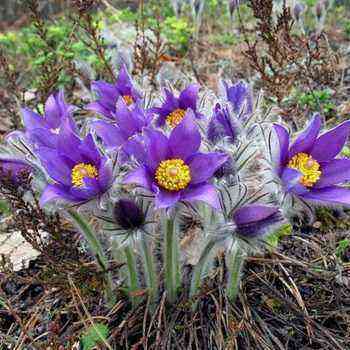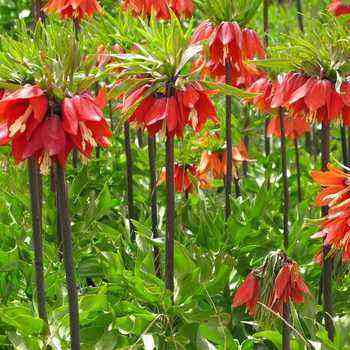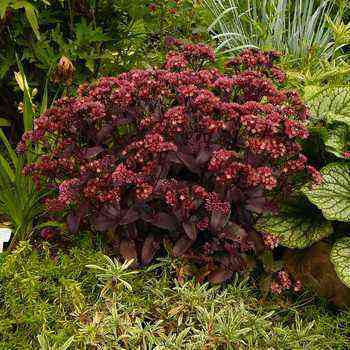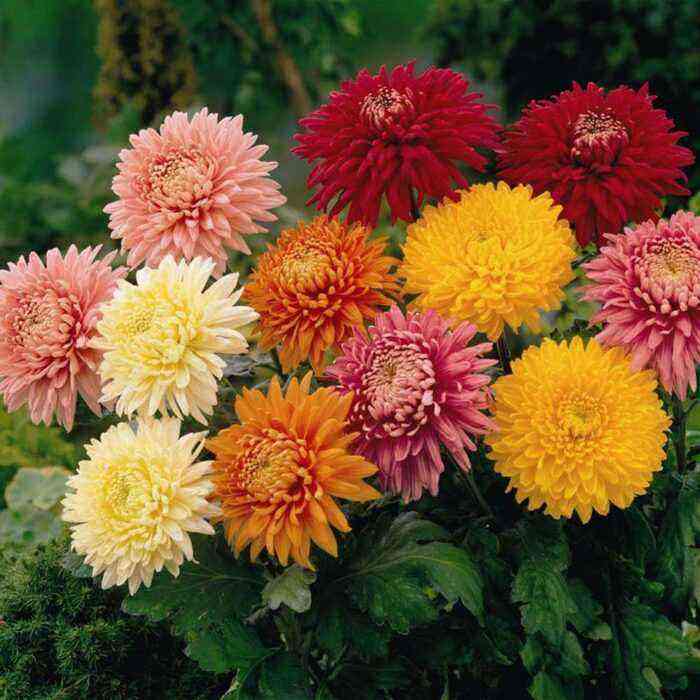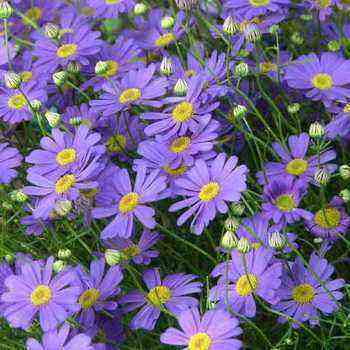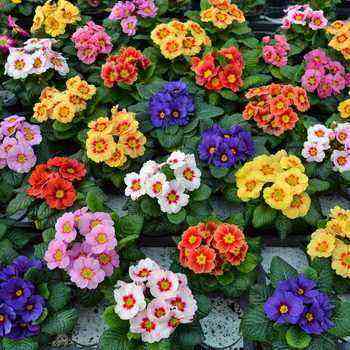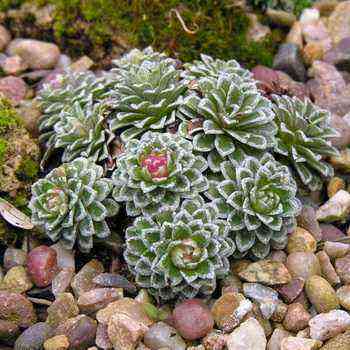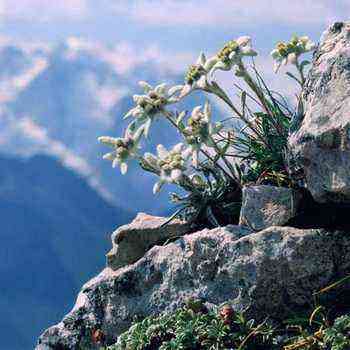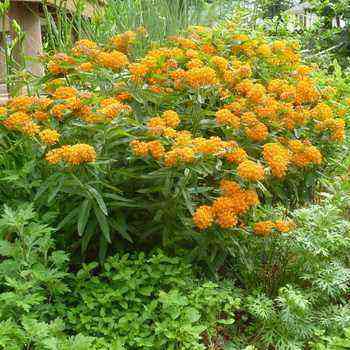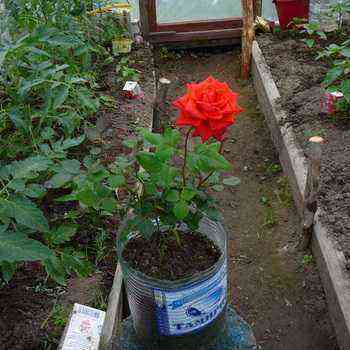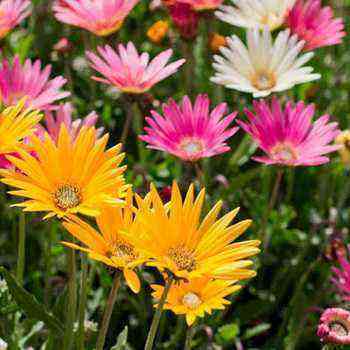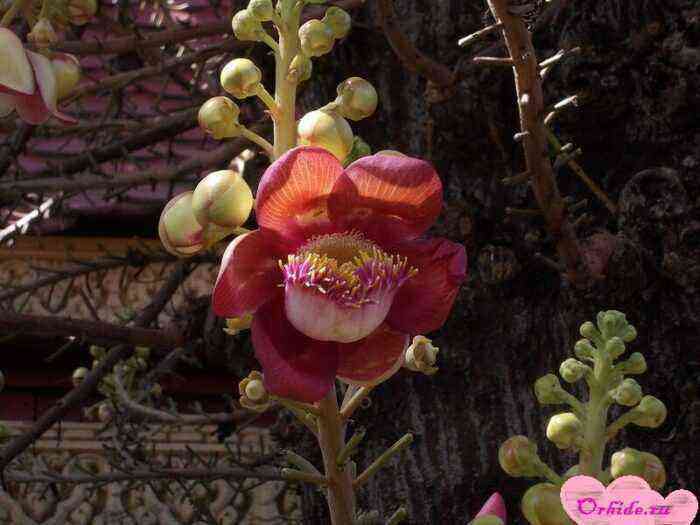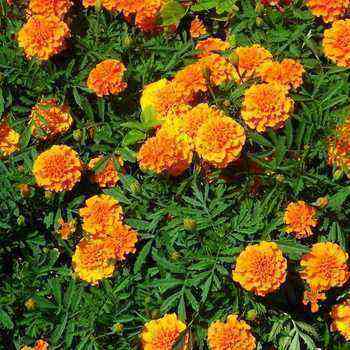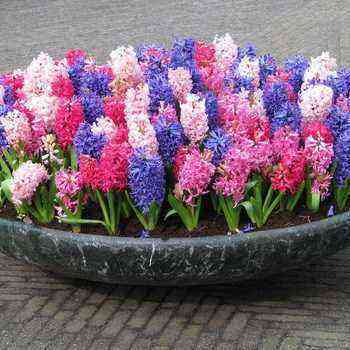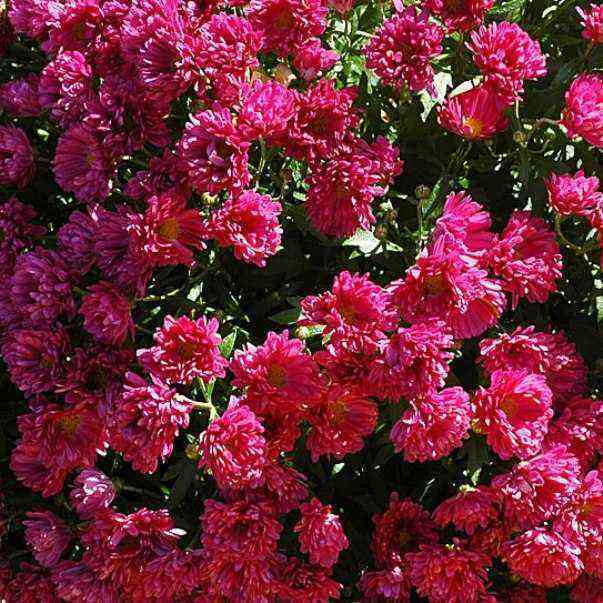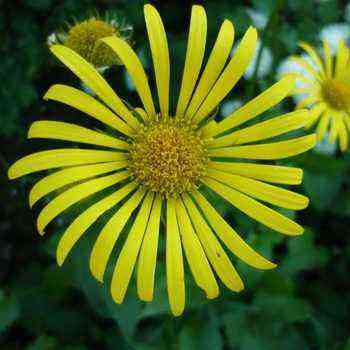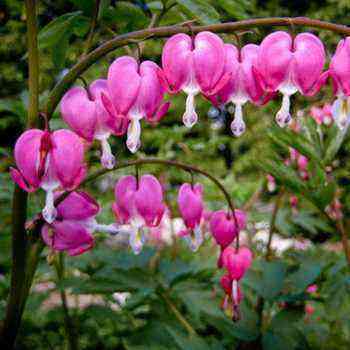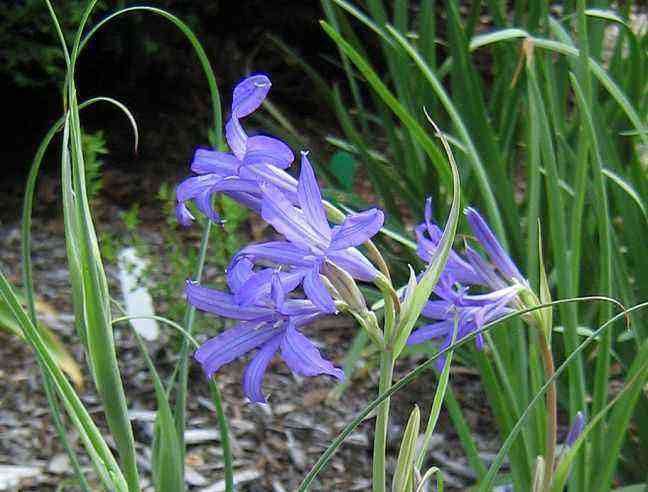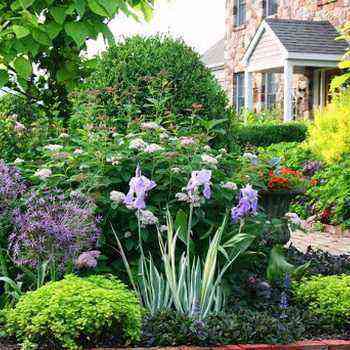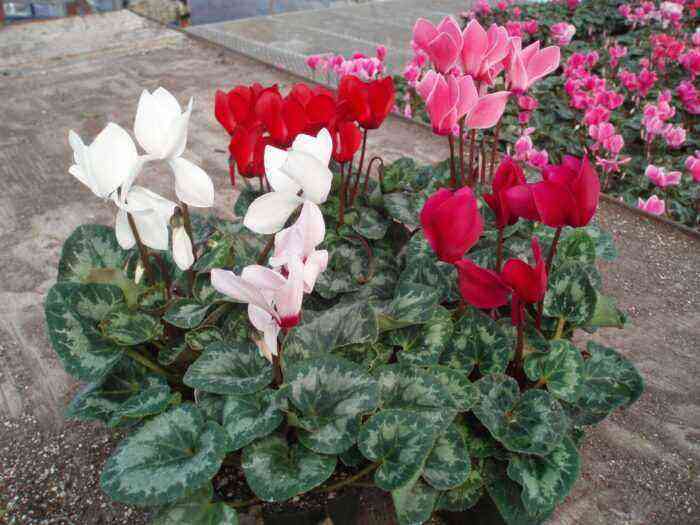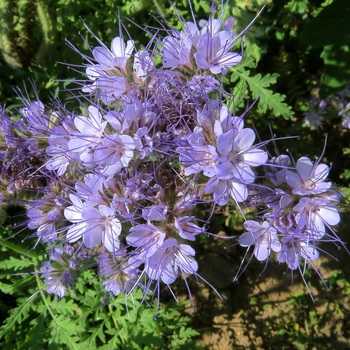
Phacelia herb is valued in horticulture as an ornamental unpretentious crop, an excellent honey plant that attracts pollinating insects, and a green manure that improves the soil composition. The plant quickly grows green mass, minimizes or eliminates the growth of weeds nearby, reduces the acidity of the substrate, and saturates it with microelements. The grass is a valuable feed for poultry and cattle.
Description
Phacelia is a plant that grows up to 100 cm in height. It has a straight, thin, but strong central stem, from which numerous shoots extend. Small glands are located on the surface of the stem. This culture has a characteristic taproot system that extends into the soil layers by 30 cm or more.
Shades of leaf blades range from green to blue-green and grayish. Leaves are elongated in shape, openwork, with a strong dissection, or lobed, up to 14 cm wide, up to 19 cm long. Formed at the base of the stem.
They can be arranged alternately or oppositely on the stem. Attached to a short petiole. Consist of lanceolate leaves with denticles along the edge. Stem leaf plates are sessile. Attached to short petioles. Inflorescences are complex umbellate or corymbose.
Phacelia flowers are wide-open, bell-shaped, 10 mm long, light lilac or pale blue in color.
The corolla contains 1.5 cm long brown stamens. Flowers bloom in spring. The lifespan of an individual bud is 2 days. After that, it fades, and new flowers form in its place. Flowering lasts until late autumn. More buds open on sunny days than on cloudy days.
The fruit is a wide oval capsule 0.5 cm long , containing many small dark brown seeds inside.
The description of the phacelia plant is supplemented with a photo, in which you can see its characteristic features.
Species and varieties
The decorative forms and varietal varieties of phacelia used in horticulture to create beautiful flower arrangements are described below.
Phacelia silvery ( Phacelia argentea )
It is a bush consisting of straight shoots inclining towards the ground. Its height is about half a meter.
The leaves are dissected, jagged along the edge, with a white pile on the surface, due to which the foliage looks silvery. Inflorescences are round, corymbose, contain several small flowers.
Bolander Phacelia ( Phacelia bolanderi )
It has shoots creeping along the ground. Inflorescences are capitate, composed of expressive light lilac flowers.
Phacelia spear ( Phacelia hastata)
A medium-sized lush bush with ascending, highly branching shoots. Leaves are oblong, with strongly carved veins and white pile in the upper part. Flowers 0.5 cm in diameter, snow-white or purple.
A popular subspecies of this species is called “Alpina”, is a bush with creeping shoots. Small lilac flowers are enclosed in globular inflorescences.
Phacelia silky ( Phacelia sericea )
One of the most popular types. The bush can consist of one straight shoot or several branching stems. Its height does not exceed 50 cm. All parts of the plant are covered with short light hair, which gives it a silvery sheen.
The leaves are deeply dissected, deep green, glossy. The flowers are purple or lilac, with long, light brown stamens.
Grades:
“Ciliosa” is a low-growing variety that grows up to 20 cm. It is a lush bush, consisting of many thin stems. Leaves are adura, strongly dissected, greenish-gray, with a short light bristle. The flowers are small, purple.
“Verna” is a low-growing variety with a height of 25 – 30 cm. Inflorescences – brushes include small white and blue flowers.
Phacelia twisted (Phacelia congesta)
A feature of this species is the twisted inflorescences that form on the tops of the shoots. They are composed of very small bell-shaped flowers. Straight shoots grow up to 0.5 m. Leaves are covered with white hairs.
When to sow seeds
The timing of planting phacelia seeds can be different and depend on what it is intended for. When raw materials are required to enrich the composition of the soil, sowing should be carried out in early spring, immediately after the snow melts.
After a couple of weeks, sprouts will hatch, which will quickly develop and build up greens. The grown grass is used as humus, that is, it is dug up from the ground. If it is needed for mulching, it is left on the ridges.
Phacelia is one of the best honey plants. For this purpose, it can be sown several times from spring to autumn. Spread the seeds over the area in moist soil. It is possible to sow aisles with this crop, this will prevent the appearance of weeds. Grown plants are mown and used as fertilizer.
To restore and replenish the poor soil with nutrients, it is recommended to plant seeds in August or September. Mow down the grown bushes and leave them on the ground. A layer of mulch will prevent the rhizomes of perennial plants from freezing, prevent soil erosion.
Features of sowing
The seed material of the grass has a high germination capacity, so there is no need for its stratification. However, the seeds of this crop are small and dark brown in color, which makes them invisible on the surface of the earth and makes them difficult to sow. To facilitate the work, it is recommended to place the seeds in a container with river sand and mix before planting.
The area selected for growing phacelia is dug up, leveled with a rake, and a ridge is formed. After that, the seeds are evenly scattered on its surface. If this crop is planted between rows, the seeds should be buried 2 cm, then watered.
Care
Caring for an unpretentious plant is minimal, since this grass is not afraid of drought, frost or weeds. However, by caring for young phacelia in the open field after planting, the gardener will receive a strong, healthy shrub.
The plant prefers sun-drenched areas, so it is recommended to plant bushes on the south side of the garden. Watering is required only after planting the plant in summer. Adult bushes do not need additional soil moisture.
If the sowing was carried out in early spring or late autumn, watering this crop will not be required, since during this period the soil is sufficiently moistened. Watering the phacelia is necessary only if there is a prolonged heat and drought.
After watering, you should loosen the soil near the bushes so that oxygen can freely penetrate to the roots. Loosening should be carried out 1 – 2 times a month.
For active growth of green mass in the grass, it is necessary to apply organic fertilizers with valuable nutrients.
Choose the dosage according to the instructions in the instructions. Such complexes as “Gumi”, “Baikal”, “Bokashi”, “BioMaster”, “Shining-1” are suitable for this culture.
This herb is cold-resistant, so small fluctuations in temperature will not harm it. It also withstands light autumn frosts, but at low temperatures its growth slows down, and with the onset of warmth it continues to develop. Phacelia cannot be transplanted. For this reason, replanting the plant is highly undesirable.
The next selection of photos demonstrates the work of planting phacelia and caring for it, which shows how to properly breed this crop.
Harvest
Phacelia, grown as a green manure, is mown after the formation of buds. If harvesting is carried out later, the parts of the plant will become coarse, soften for a long time and decompose in the soil. The slow decomposition of the decaying mass leads to the development of pathogens in the earth.
After mowing, it is recommended to spray the grass with a preparation that accelerates processing, in addition, you need to dig up the top layer of the soil with the grass lying on it.
After planting the grass in the ground, the site must be leveled and sown with green manure again. This method allows you to harvest phacelia up to 4 times per season. The next year, this site can be planted with fruit plants.
Application in landscape design
Phacelia is used to create mixed compositions. Plants with yellow, white, orange, pink buds look harmonious next to a blue flower. Excellent neighbors in the flowerbed for this culture are chamomile, yarrow, marigold, lavender, calendula, Gaillardia, escholzia, flax, poppy, bells, rudbeckia, phlox.
Variegated bushes along the border look beautiful, compositions near large stones look unusual. Low-growing varieties are grown in hanging pots for decorating terraces and balconies. Phacelia is also suitable for creating a Moorish lawn.
